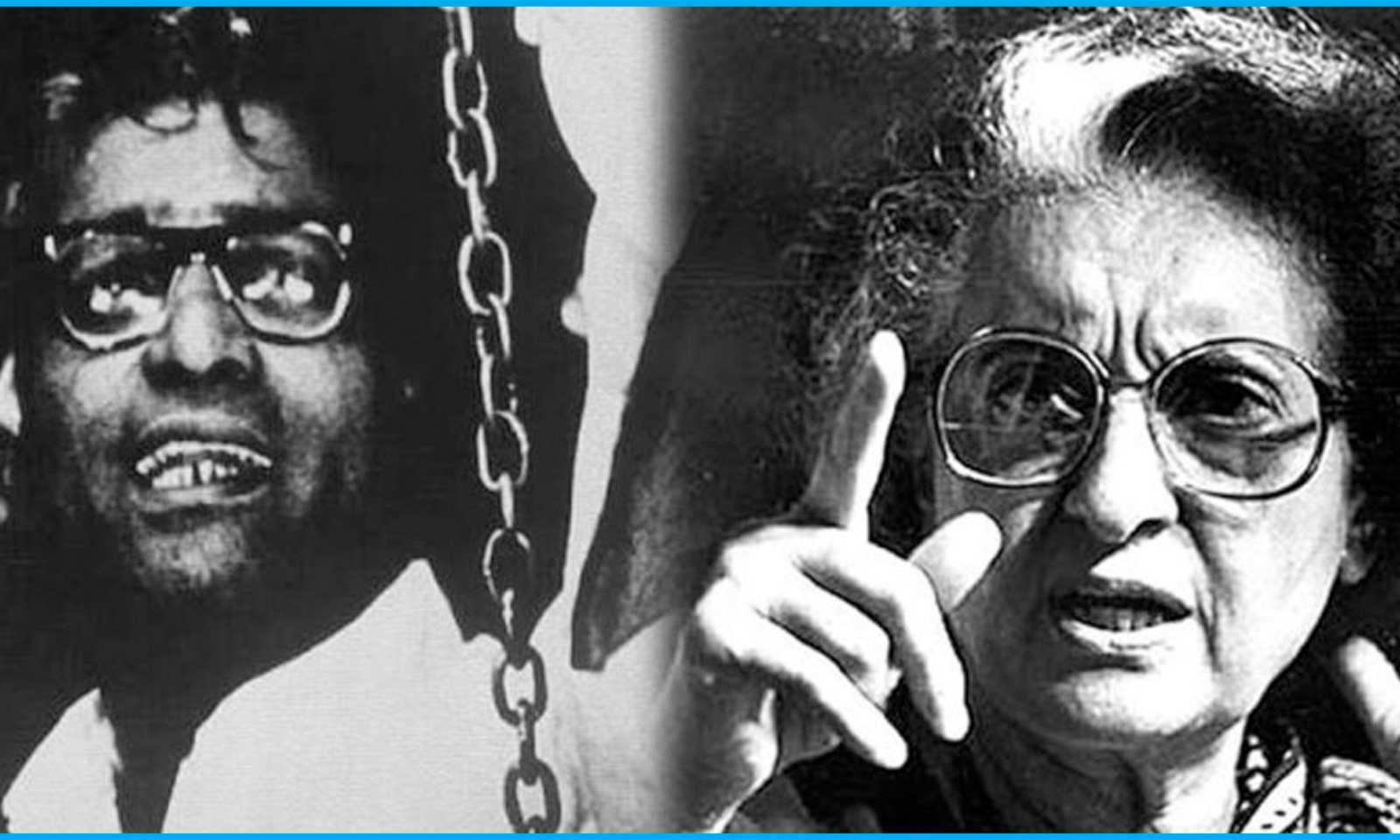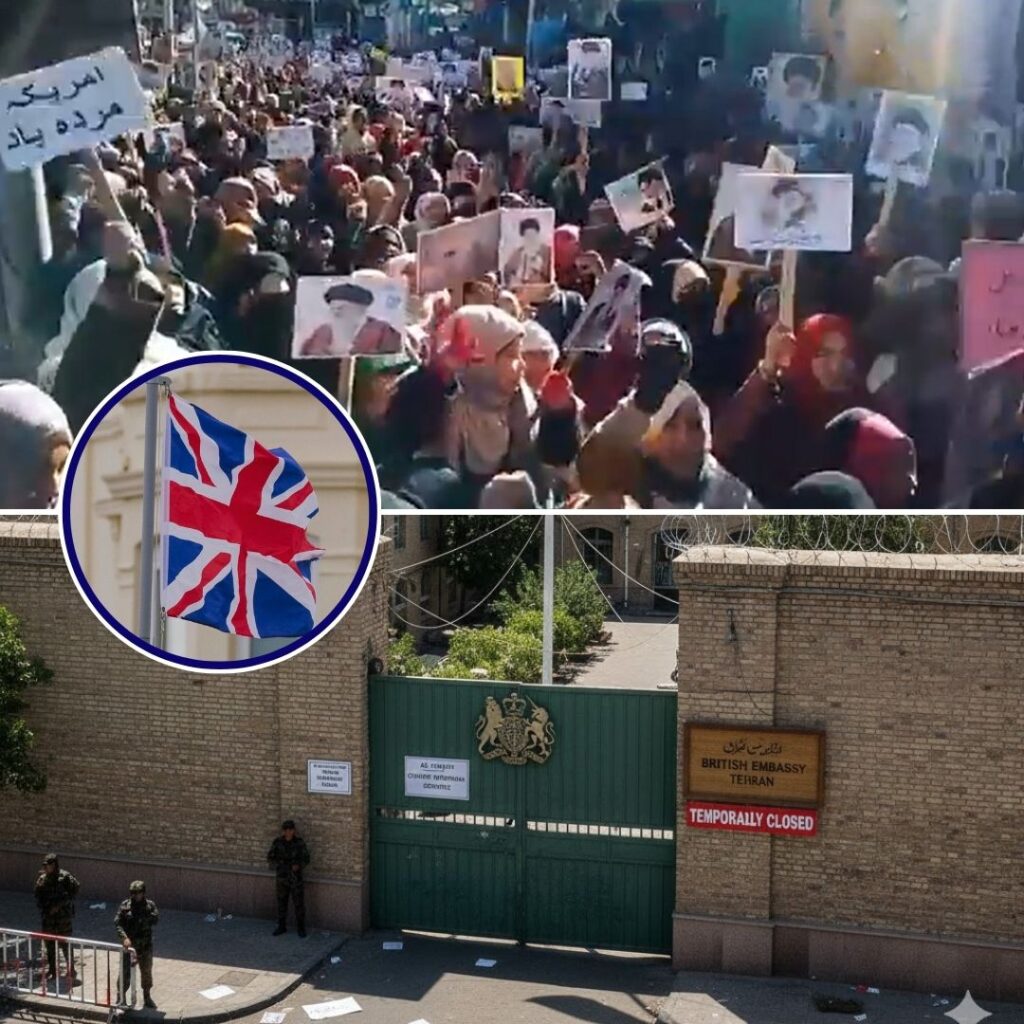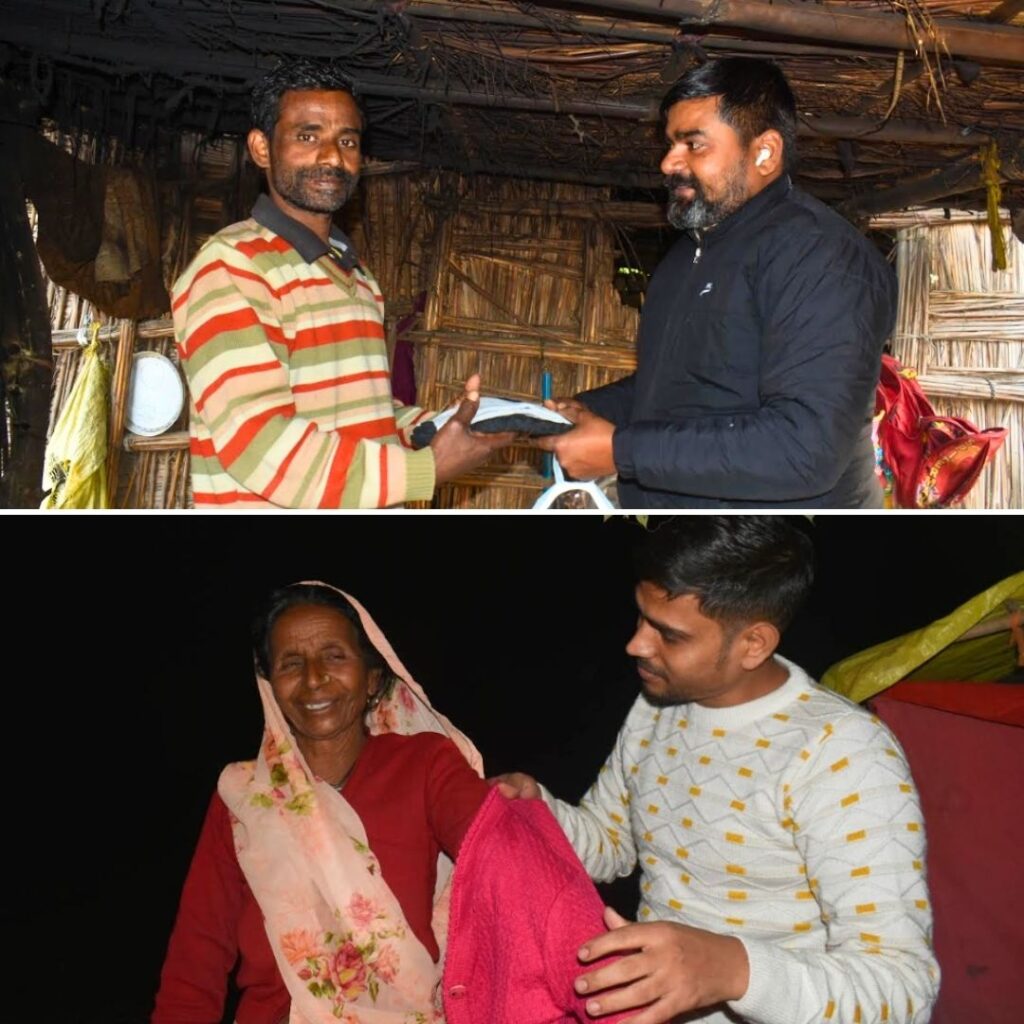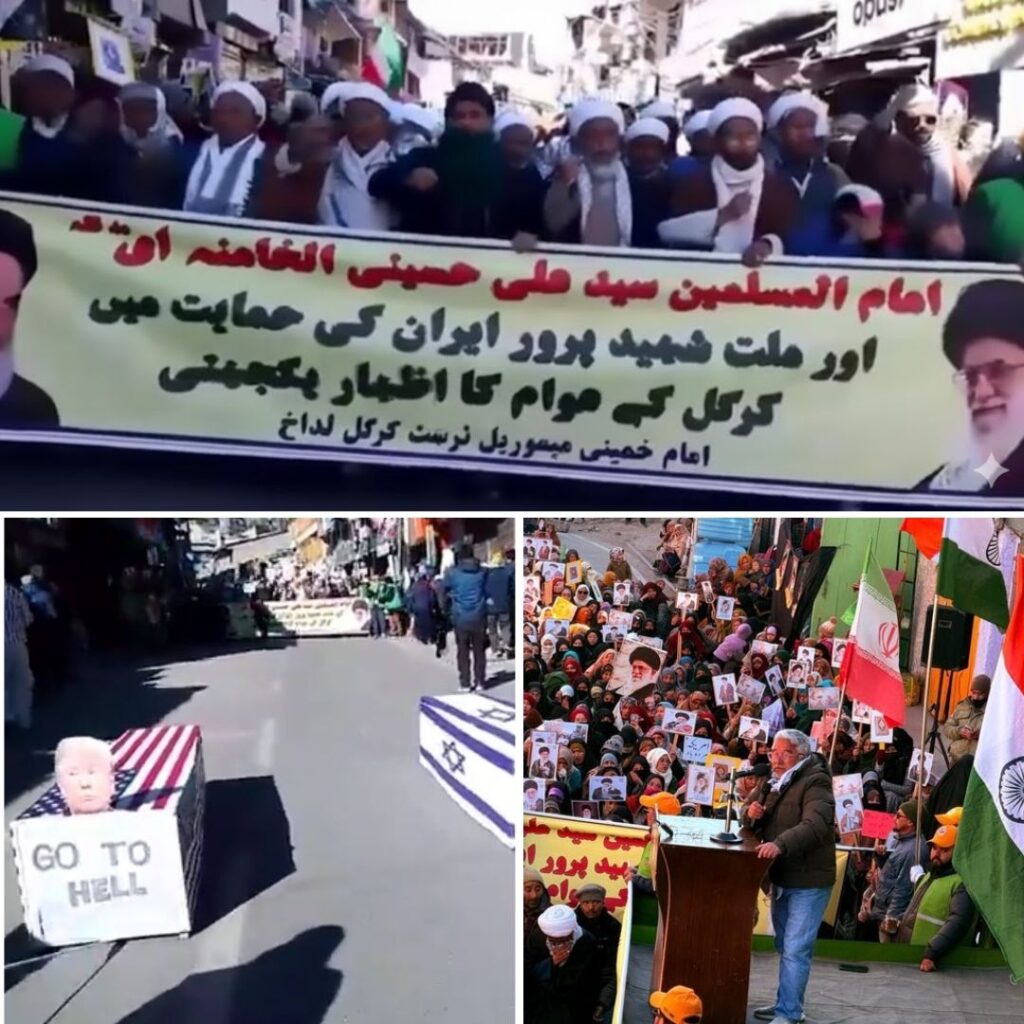Never in the history of independent India have we faced such a constitutional crisis as during the 21 month period in 1975-1977, when a state of emergency was declared across the country. It was officially issued by President Fakhruddin Ali Ahmed on the recommendation of Prime Minister Indira Gandhi. It was done under Article 352 of the Indian Constitution because of ‘internal disturbance’. The Emergency, as the period is commonly known in India, lasted from 25 June 1975 until its withdrawal on 21 March 1977.
Years preceding the emergency
The social and economic condition of the country was in bad shape during 1972-1975. Although the win over Pakistan in the war brought much praise for Indira Gandhi from the common man, the war and the eight million refugees from Bangladesh had put a heavy strain on our economy. After the war the U.S government stopped all aid to India and the oil prices also increased manifold in the international market. This led to a general increase in prices of commodities (23% in 1973 and 30% in 1974). Such a persistently high level of inflation was causing great distress to the people. Moreover, industrial growth was low and unemployment was high.
The government’s move to freeze the salaries of its employees to reduce its spending further led to resentment amongst the government employees. Monsoons failed in 1972-1973, resulting in the food grain output declining by 8%. There was a general atmosphere of dissatisfaction with the prevailing economic situation all over the country.
Protests in Northern India
The protests in Gujarat and Bihar, led by students, played a pivotal role in galvanising a nationwide opinion against Congress and the Prime Minister. In January 1974 students in Gujarat started protesting against rising prices of food grains and other essential commodities and corruption in the state government. The protests became widespread with major opposition parties (including Moraji Desai, a prominent political leader and a rival of Indira Gandhi when he was in the Congress) joining it, leading to the imposition of President’s rule in the state. Demands for fresh elections became intense. Subsequently, elections were held in Gujarat in June 1975, which the Congress lost.
Students in Bihar came together in march 1974 to protest against rising prices, food scarcity, unemployment and corruption. As the movement gained strength, they invited Jayaprakash Narayan (JP), who had given up active politics and was involved in social work, to lead it. He accepted it and took the movement to the national level.
Jayaprakash Narayan demanded the dismissal of the Congress government in Bihar and gave a call for total revolution in the social, economic and political spheres of the society. The movement gained momentum with a series of strikes and protests. The government, however, refused to resign.
Jayaprakash led a massive political rally in Delhi’s Ramlila grounds on 25 June 1975, where he announced a nationwide Satyagraha for Indira Gandhi’s resignation and asked the army, police and government employees not to obey ‘illegal and immoral orders’. The government perceived this as an incitement and felt that it would bring all government machinery to a standstill. Alongside the agitation led by Jayaprakash Narayan, the employees of the Railways gave a call for a nationwide strike, led by George Fernandes.
Disqualification of Indira Gandhi as an MP
In the 1971 Parliamentary elections, Indira Gandhi defeated Raj Narain from the Rae Bareli constituency. Subsequently, Raj Narain filed a petition In the Allahabad High Court accusing Indira Gandhi of electoral malpractices, bribing voters and misuse of government machinery. Indira Gandhi was also cross-examined in the High Court which was the first such instance for an Indian Prime Minister. On 12 June 1975, Justice Jagmohanlal Sinha found the prime minister guilty of misuse of government machinery during her election campaign and declared her election null and void and also barred her from contesting any election for the next six years. The court, however, gave the Congress twenty days to make arrangements to replace Indira as the PM. A leading newspaper described it as ‘firing the Prime Minister for a traffic ticket’. Indira Gandhi challenged this verdict in the Supreme Court. On June 24, the Supreme Court granted her a partial stay on the High Court order – till her appeal was decided, she could remain an MP but could not take part in the proceedings of the Lok Sabha.
Proclamation of Emergency The government responded to the massive strike on June 25, 1975 by declaring a state of emergency that night itself, saying that there was a threat of internal disturbances and that a grave crisis had arisen which made the proclamation necessary. PM Indira Gandhi recommended to the President to proclaim a state of emergency, and he did so immediately. After midnight, the electricity to all the major newspaper offices was…











